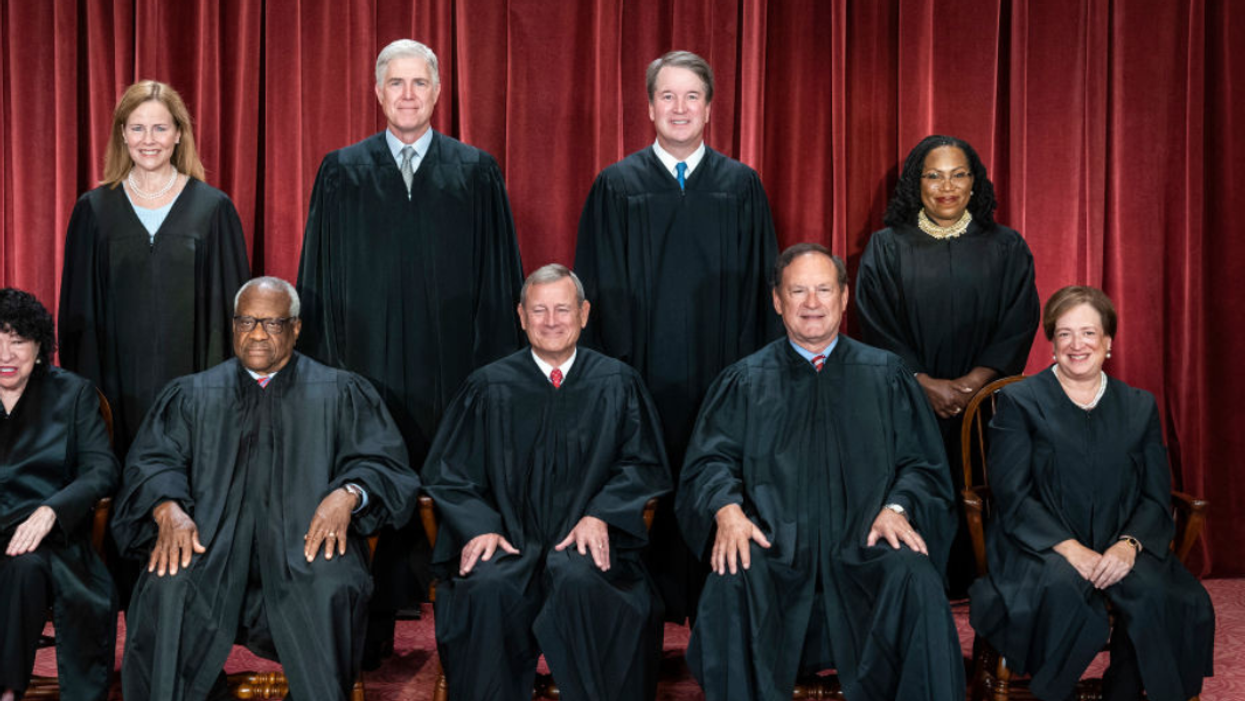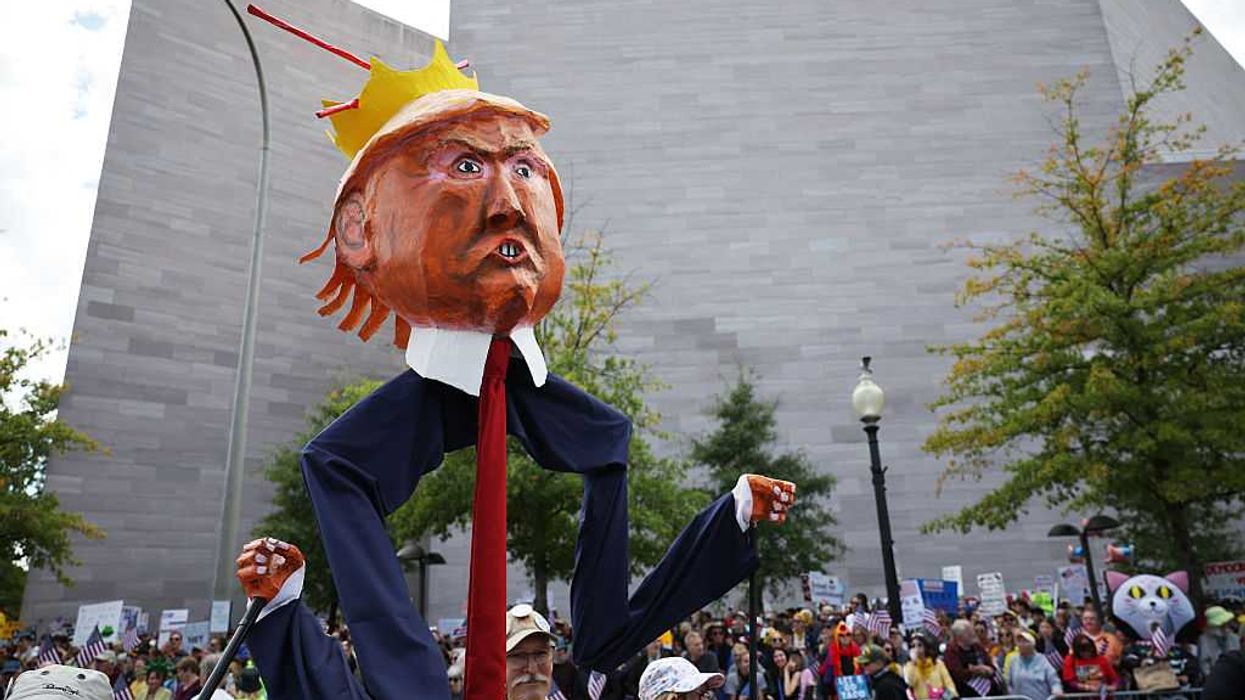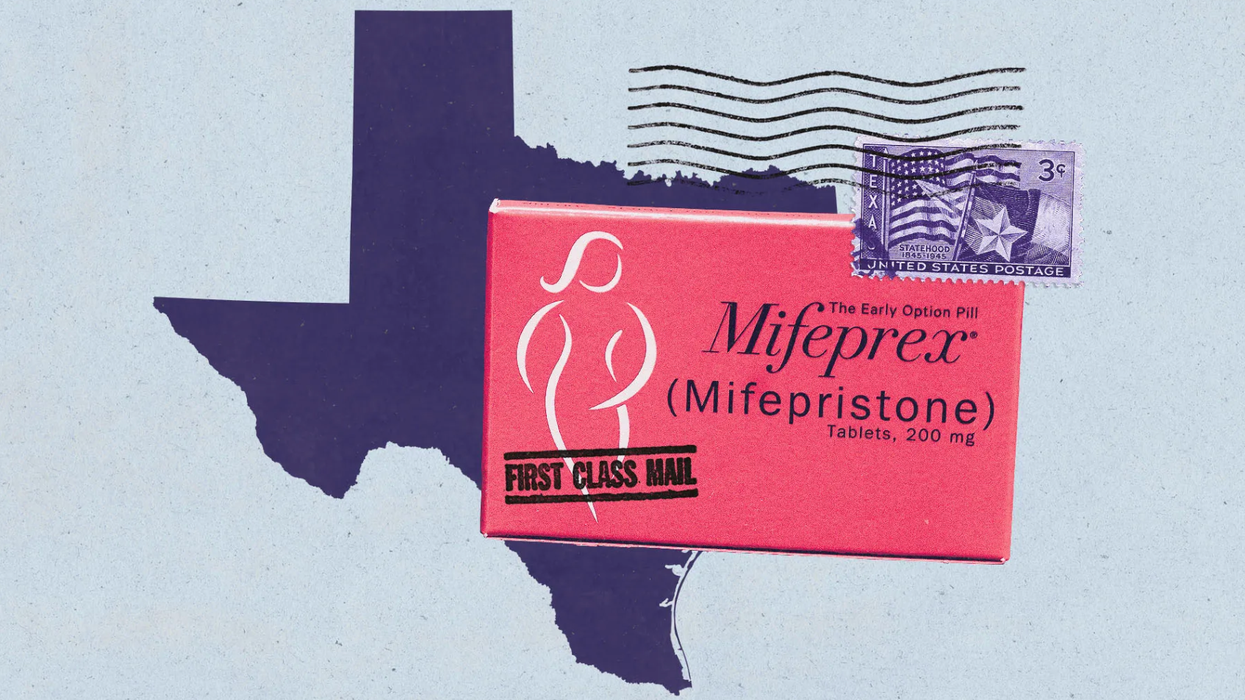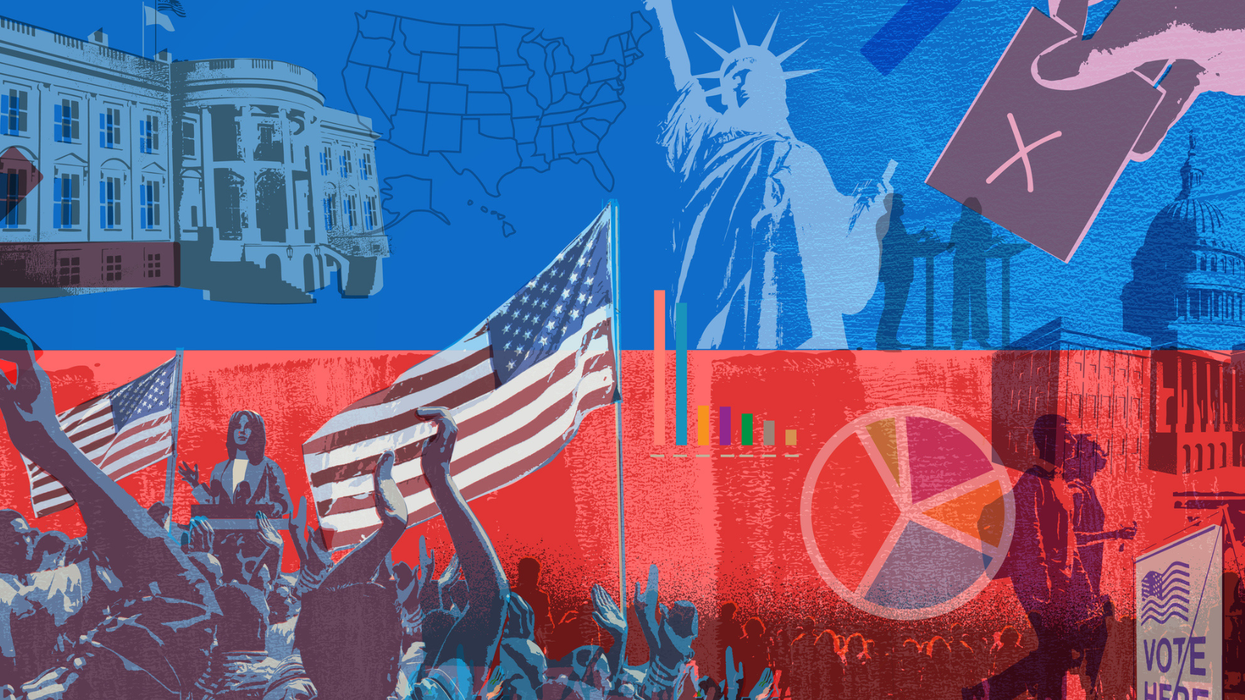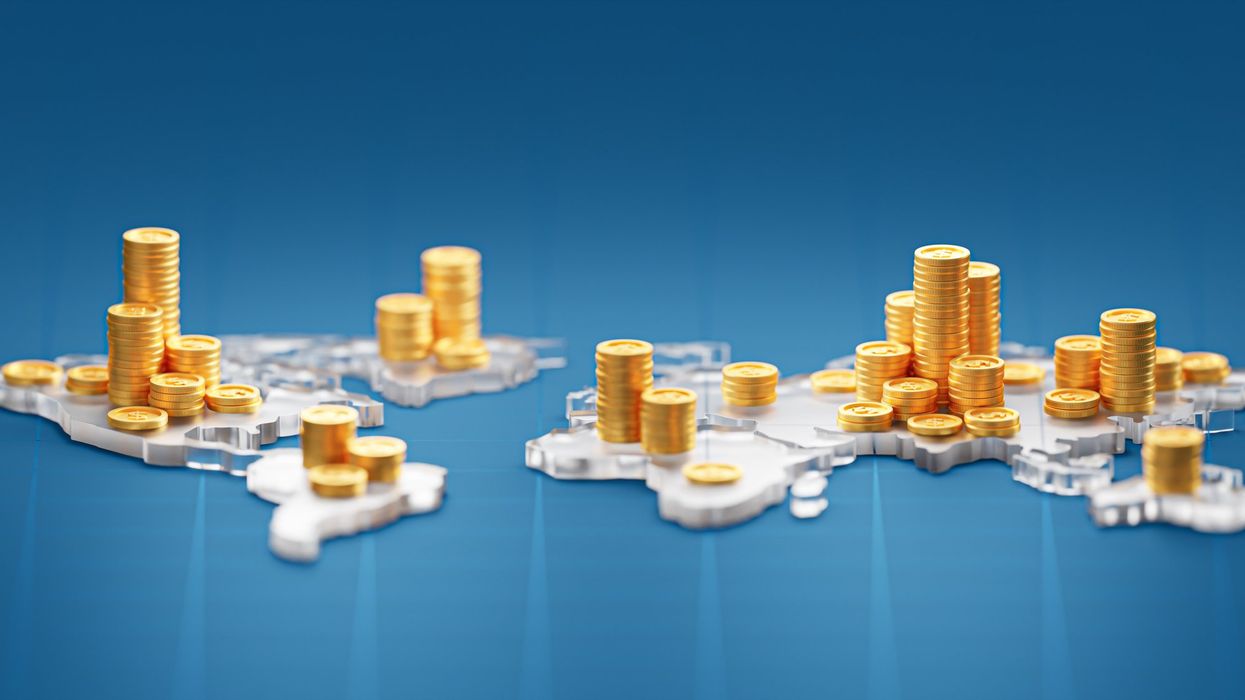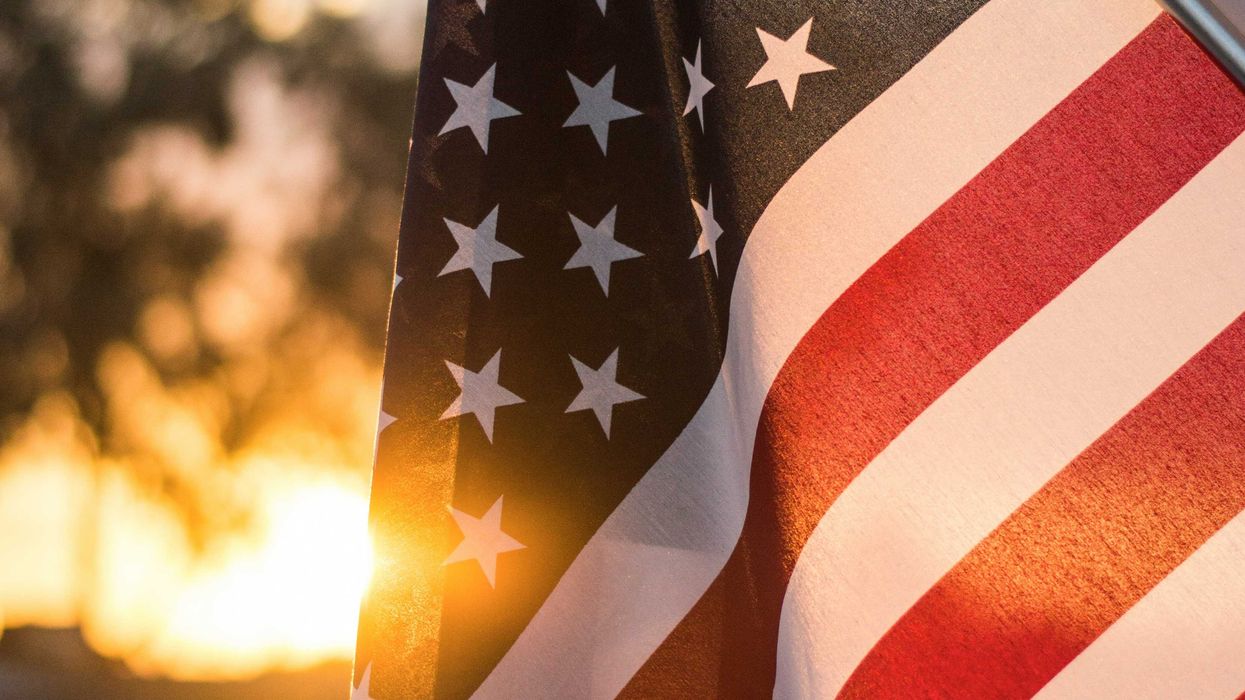Goldstone’s latest book is “Not White Enough: The Long, Shameful Road to Japanese American Internment.” Learn more at www.lawrencegoldstone.com.
Conventional wisdom is that the Supreme Court is divided 6-3, with the (far) right holding the advantage over the (far) left. If that were true, there would be no hope for those on the left or even in the center of preventing the Court, which has become a de facto legislature, from unilaterally enacting an agenda far more regressive than most of the nation favors.
But there are signs that the split may be more 3-3-3 than 6-3. The three powerless liberals are on one side and Justices Thomas, Alito, and Gorsuch, sort of a modern court of inquisition, are on the other. Still on the right, but perhaps slightly more receptive to the national mood are Chief Justice Roberts and recently minted Justices Kavanaugh and Barrett.
If such a division actually exists is impossible to know for sure, but two recent actions indicate it might. In April, the justices refused to curtail the widespread distribution of the abortion drug mifepristone while a ruling restricting and potentially banning it moves through the courts—to them. Soon afterward, the Court also refused to issue an emergency order scotching an Illinois assault weapons ban, again pending a regular appeal that will surely come before it.
In both cases, the choice of a holding action was a surprise to many Court watchers. Temporary as they may be, each needed to gain the support of five justices, one of whom was almost certainly Barrett or Kavanaugh, and represented a small pullback in what was seen as the Court’s headlong rush to ban all abortions while permitting the United States to arm itself with whatever weapons gun fanciers fancied.
Of possible significance is that to a surprising degree, public opinion has moved against the extreme positions the right-wing bloc had previously staked out on these issues, positions which were in part responsible for the Court’s abysmal approval ratings. A number of justices, including the three in the tentative center, have been forced to defend themselves against accusations that they are merely “politicians in robes,” an indictment to which Thomas and Alito have responded with open contempt.
While many Americans have grown cynical that the public mood can impact the imperious occupants of the high bench and move them to take positions they had previously opposed, history indicates this might not be the case.
In May 1954, a unanimous Court in Brown v. Board of Education ruled that statutory school segregation violates the Constitution, overruling the 1896 separate-but-equal decision in Plessy v. Ferguson. Brown is rightly considered one of the most important equal rights decisions ever rendered by the Supreme Court, especially since three of the nine justices were from the South, where they knew they would be vilified, even by close friends, for endorsing the unthinkable.
What made Brown more noteworthy still was that it was handed down exactly ten years after Korematsu v. United States, one of the Court’s most infamous decisions, and two of the men on Brown Court, Earl Warren and Hugo Black, were instrumental in both.
In February 1944, two months after the Japanese attack on Pearl Harbor, President Franklin Roosevelt was torn as to whether to heed frantic calls from white racists on the West Coast to forcibly relocate all those of Japanese ancestry inland on national security grounds. He had been assured by men he trusted that the more than 100,000 thousand Japanese Americans living there, most of them citizens, were not a threat, and were in fact more committed to supporting America against Japan than most whites.
But the bigots, led by General John DeWitt, head of Western Command, furiously insisted the Japanese American population was riddled with spies and saboteurs, some of them Japanese military personnel in disguise. Earl Warren, California’s attorney general and one-time member of the white supremacist Native Sons of the Golden West, commissioned a map to be drawn by county law enforcement authorities, which “demonstrated” that Japanese Americans lived near every vital civilian and military installation in California.
The map was a joke. There were so many locations deemed vital that it was impossible not to live near one or more of them. And of course, white residents all lived near them as well.
But the map was all DeWitt needed to pressure Roosevelt to agree to force more than 100,000 totally innocent people into what the government itself called “concentration camps.”
When the legality of the order was challenged in 1944, the Supreme Court, by a 6-3 vote, agreed that national security concerns justified the shameful episode. Bigotry had become so casual, so much an accepted part of American society, that the Court’s two great civil libertarians, Hugo Black and William O. Douglas, voted with the majority. Black wrote the opinion.
Ten years later, with the school segregation cases pending, Earl Warren had become chief justice and both he and the country had changed. Not only had Black Americans fought with distinction in World War II, but beginning with Jackie Robinson, Black athletes had disproven stereotypes in every sport, with Black collegians such as Bill Russell so dominant that all but deep South colleges actively sought them out. Black attorneys, such as Thurgood Marshall, were demonstrating remarkable talent in the courts, and Black professionals in other fields were making their mark.
The American public, while hardly embracing integration, had begun to gingerly view the Jim Crow excesses in the South as unfair, even un-American. When Brown came before the Court, the plaintiffs stood before a chief justice guilt-ridden over what he had done in 1942 and a roster of justices, including Alabama-born Hugo Black, who were either aware or made aware that the law should no longer be contorted to deny Black school children the right to equal education. The result was a decision that would not have been conceivable a decade earlier.
Whether public pressure can alter the course of the current Supreme Court is not at all a certainty. But with the justices serving with impunity for life, for those who wish to oppose this nation reversing the painful and tortuous progress it has made in moving toward the ideals it claims to espouse, there is little choice but to try.





